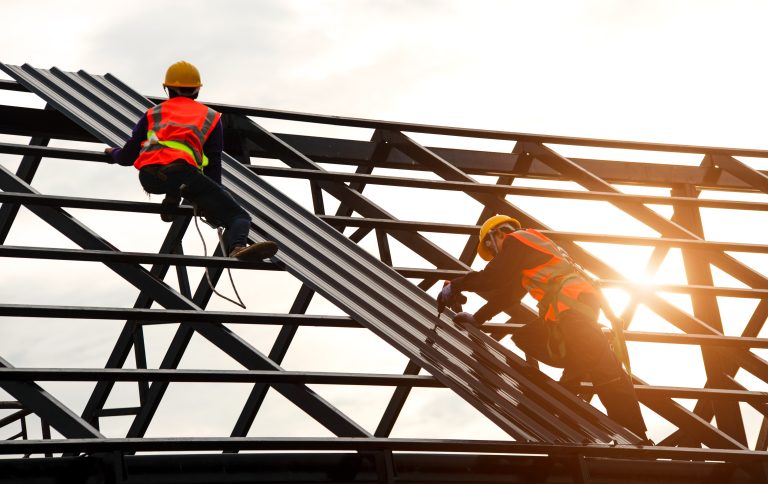A recent study has identified the industries most at risk for fatal workplace falls, with construction topping the list. The analysis, conducted by Callahan & Blaine litigation law firm, drew on data from the National Safety Council spanning from 2011 to 2022, revealing stark trends in workplace safety.
Construction Industry Faces Highest Risk
Construction and extraction jobs were found to be the most dangerous, with an average of 4.72 fatal falls per 100,000 full-time workers annually. In 2022 alone, there were 700 reported fatalities due to lower-level falls in the workplace, with the construction sector accounting for 411 of these deaths. Lower-level falls occur when a person falls from an elevated position, while same-level falls, which occur on flat surfaces, also contributed to the data.
This significant risk in the construction industry is largely attributed to the nature of the work, which often involves scaffolding, ladders, and elevated platforms. According to experts, such environments require stringent safety protocols to mitigate risks. However, the data shows that these precautions may not be consistently applied across the board, resulting in tragic accidents.
Cleaning and Maintenance Jobs Rank Second
Building and grounds cleaning and maintenance jobs came in second, with an average of 1.53 fatal falls per 100,000 full-time workers. In 2022, this industry saw 89 fatalities, caused by both lower-level and same-level falls. These roles often require working in unpredictable environments, such as cleaning buildings at heights or managing grounds in hazardous weather, increasing the potential for fatal accidents.
Installation and Repair Workers Also at High Risk
Installation, maintenance, and repair occupations ranked third, with an average of 1.10 fatal falls per 100,000 workers. In 2022, there were 44 fatalities recorded in this sector, with lower-level falls being the primary cause. Workers in this field often handle equipment that puts them at risk of falling from heights or tripping over cables and machinery.
Farming, fishing, and forestry occupations followed closely, averaging 1.09 fatal falls per 100,000 full-time workers. Over the 11-year period, these industries experienced 130 recorded falls, both fatal and non-fatal, underscoring the dangers of working in these physically demanding and often isolated environments.
Transport and Manufacturing Also Vulnerable
Transportation and material moving occupations ranked fifth, with an average of 0.52 fatal falls per 100,000 full-time workers. In 2022, 72 casualties were reported due to falls from both elevated and same-level surfaces. Production jobs, which involve tasks such as operating machinery, ranked sixth, with 0.40 fatal falls per 100,000 workers.
Even protective service occupations, such as police and firefighters, were not immune to falls, ranking seventh with 0.32 fatal falls per 100,000 workers. These figures highlight the broad spectrum of industries affected by workplace falls, which are not limited to construction and manual labour.
Legal Perspective on Employers’ Duty of Care
Edward Susolik, CEO and President of Callahan & Blaine, expressed concern about the rising number of workplace falls: “It’s staggering to see how the volume of fatal falls has increased. In 2011, there were 553 lower-level falls, and by 2022, this number had risen to 700—a 26.58% increase.”
Susolik stressed the importance of employers’ duty of care, stating that “appropriate safety precautions should be in place to reduce these figures. Employers must conduct regular risk assessments, ensure safe flooring, and provide thorough training to make employees aware of workplace risks.”
He added that failure to protect employees could result in legal action, as workers have the right to a safe environment. Regular safety checks and risk mitigation strategies, such as keeping floors clear of hazards, could prevent many of these accidents.
The study’s findings emphasise the need for increased awareness and action in industries with high risk of falls, particularly construction and maintenance, to prevent further tragedies.
This information was provided by attorneys at the litigation law firm, Callahan & Blaine.



